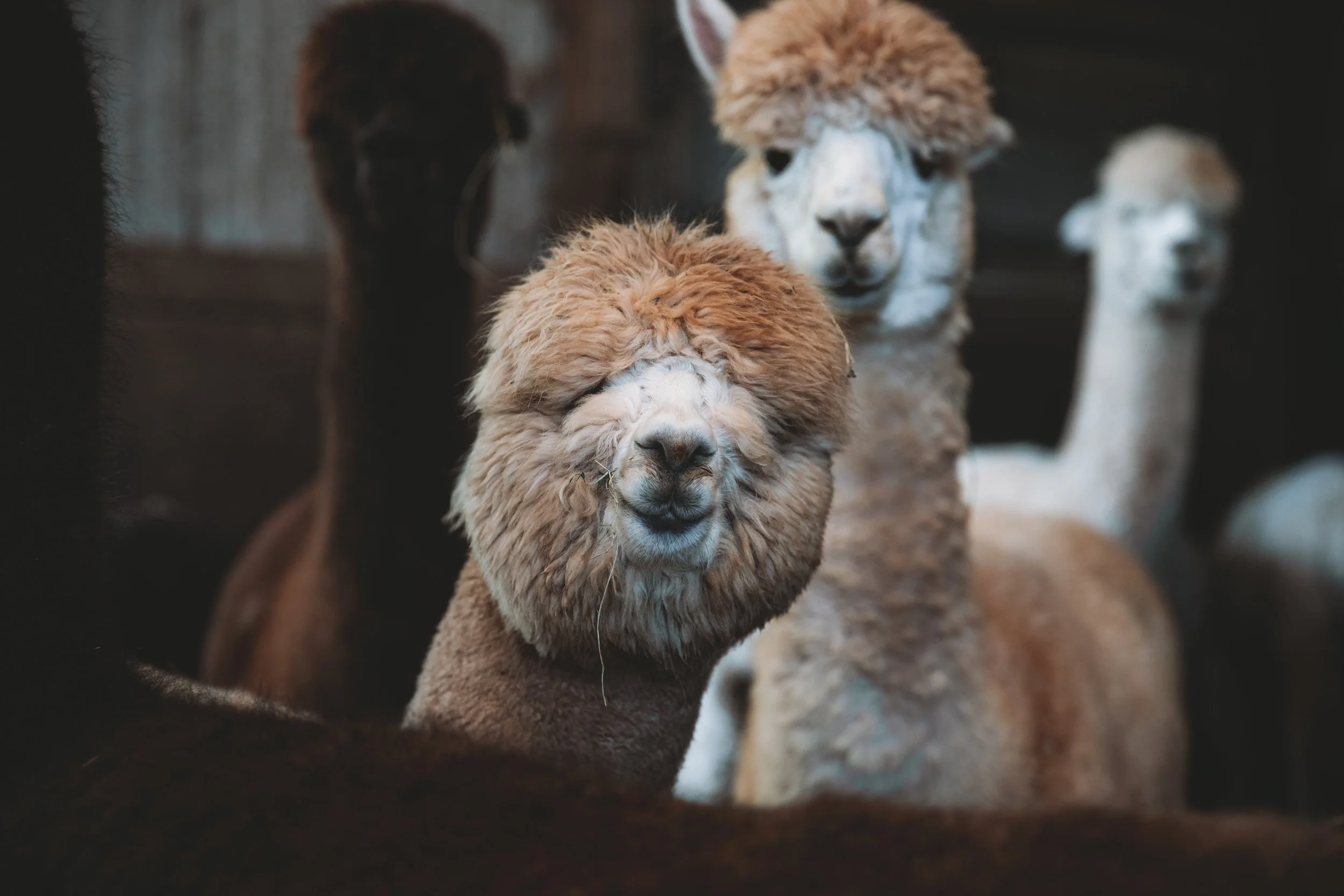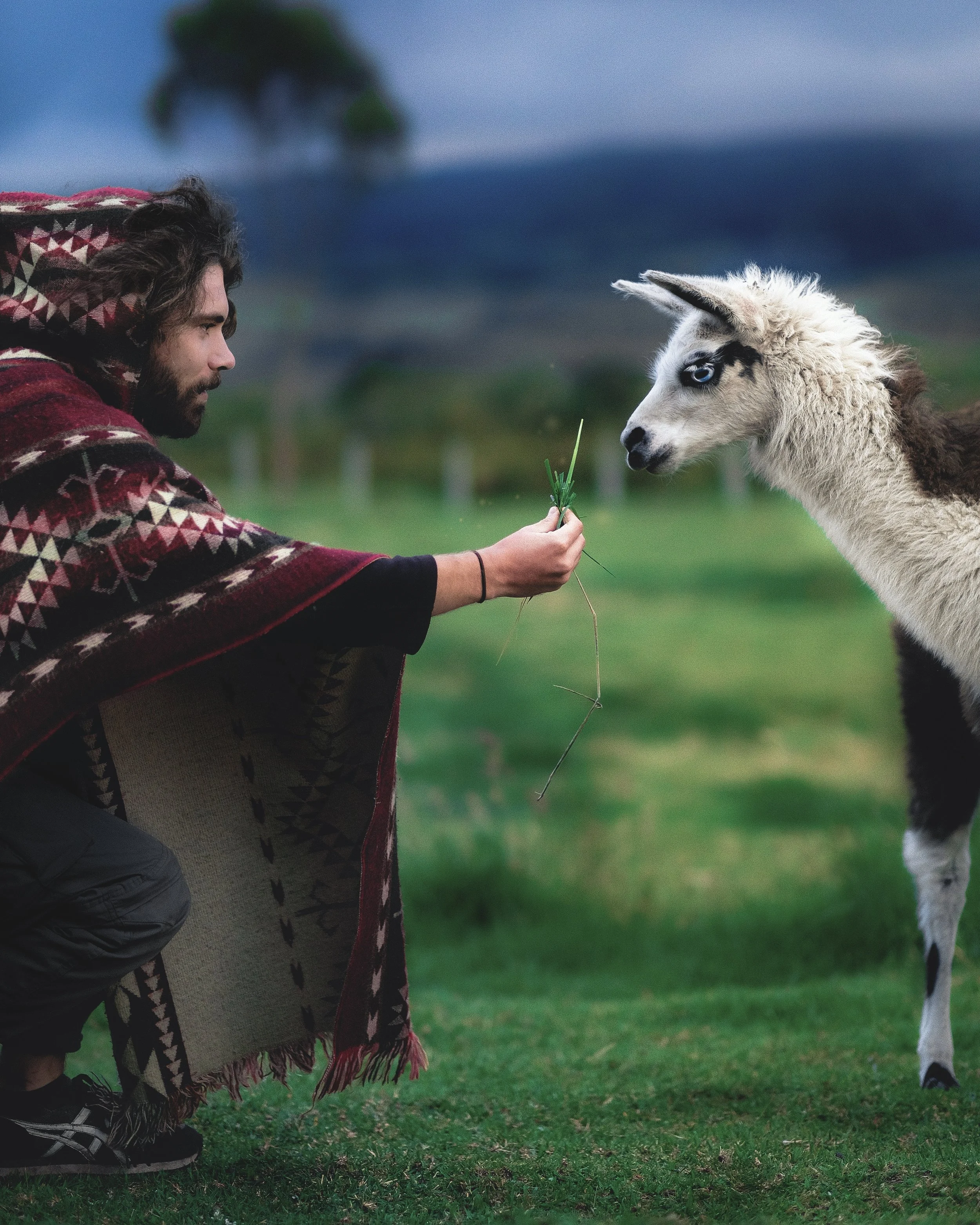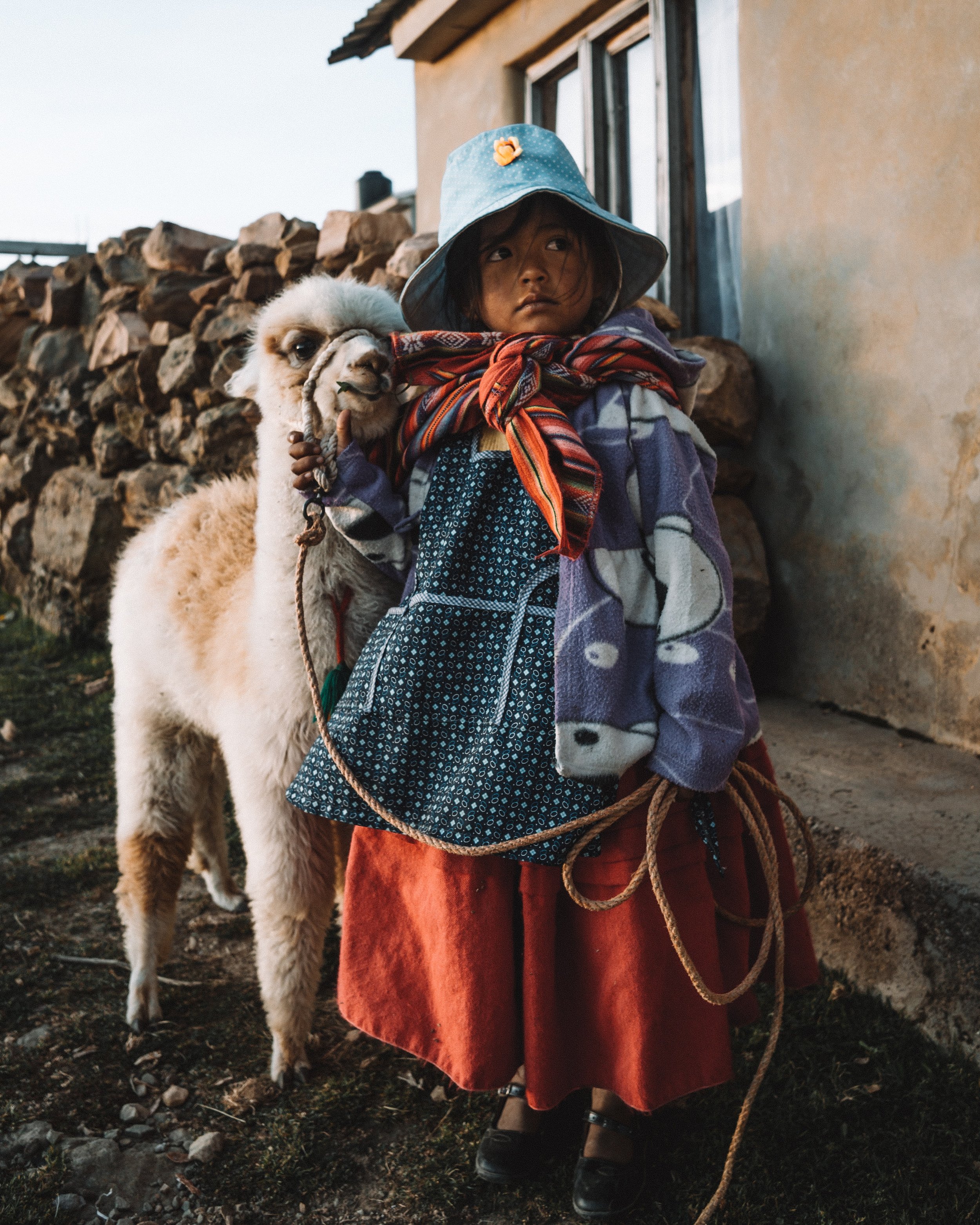Join the Royal Society of Alpaca Catchers
We believe that learning should be fun, and we've also seen many examples of how a little fun in the classroom can really help our language students stay motivated. So with this in mind, we've been working on a silly competition that all of our TESOL students can join when they get started in Module 1.
Keep reading to learn all about it.
ALPACA CATCHERS QUARTERLY | LOCAL NEWS
Cute, furry, and far from home
HELP! Lulu is 7 years old and she lives on a farm. All of her llamas and alpacas have escaped, and she needs your help now more than ever!
The large furry animals were last seen crossing the road near Lulu's school. It is likely that some are still nearby. In fact, someone said they saw one about an hour ago. If you spot one of these missing animals, please notify the Royal Society of Alpaca Catchers and they will make sure it is safely returned home to Lulu and her family.
Better yet! Why don't you become a member of the Alpaca Catchers Society today. And then you too can help these animals get back home. Click here to become a member of the society (only takes 1 minute), and we will send you a copy of your:
Take a moment to get your license so you can start finding llamas for Lulu.
GET INVOLVED
Want to Report a Sighting?
Have you spotted any llamas or alpacas on the loose?
Add your sighting to the map. We will use this data to locate the missing animal and return it safely to its home.
Click the "+" button on the map to begin.
Then search for the animal's location to add a pin to the map.
In your post, please add a photo or video of the missing animal as evidence.
Optional: You can also add field notes below your photo. (Examples: describe the animal's appearance and behaviour, or record your current GPS coordinates, nearby landmarks, comments, etc.)
Thank you for your dedication toward fulfilling our Society's mission.
SPES CREATURARUM PASSIM | HOPE FOR CREATURES EVERYWHERE
RESOURCES
A Catcher's Guide to Llamas and Alpacas
SOURCE: PERUHOP.com
For someone who knows nothing about these animals, it can be impossible to tell the difference between a Llama and an Alpaca. Here’s a list of distinct features to look out for.
1. Look for the ears!
The key in differentiating between these two species is by ear shape and length: Llamas have longer, curved, banana-like ears, whereas Alpacas have shorter, straighter, and more pointy ears.
2. Size
The Llama is about twice the size of the Alpaca. Llamas are heavier (200 to 350 lbs / 90 to 158 kg) and can even get to 400 pounds (181 kg), while Alpacas are normally 100 to 175 lbs (45 to 68 kg). In terms of height (measuring at the shoulder), Llamas are the taller species, at 42 to 46 inches (over 110 cm). Alpacas measure in at 34 to 36 inches (no more than 90 cm).
Llama: It has long curvy ears and a longer face
3. Face
The Llama has a longer face, whereas the Alpaca’s is blunter. Alpacas also have more hair on their faces and heads than Llamas, which gives them a cute, tufty-haired look. Which leads us to the next point…
4. Hair
Another way to identify your animal is by seeing just how fluffy it is! Whilst Llamas have a coarse outer coat (and a fine undercoat), Alpacas have finer hair, which is very dense and fast-growing. They even have fuzzy little faces!
Alpaca: Short ears, small face, and luxurious fur
5. Temperament
While this is less easy to tell from first glance, in general Llamas are more independent, and will protect themselves if needed. In fact, they often serve as guards for groups of other livestock, including Alpacas! More of a herd animal, the Alpaca also has a nervous disposition. Which leads to the question, do Alpacas spit? Only if you call them Llamas! (Joke…) As both the Llama and Alpaca are distant relations to the Camel, the answer is yes. However, this happens rarely, and normally under threatening conditions. The Llama is more disposed to this behaviour than the Alpaca.
6. Uses
One thing both these species have in common is that they have both been domesticated for around 5000 years. Since the Llama’s fur isn’t of the same quality as the Alpaca’s, it is more commonly used for meat. Being naturally bigger, the Llama is also bred as a pack-carrying animal. Did you know it can carry one quarter of its own weight? In fact, the Inca culture relied on Llamas to transport goods all around their Ancient Empire.
In contrast, the smaller and woollier Alpaca is bred for the luxury fibre it produces. It has a uniform coat colour (whereas Llamas are patchier), meaning a specific colour can be bred.
7. Where to find them
Head to the Andes Mountains to find the Llama, where the majority live in the high plateaus of Bolivia. It can also be seen in Argentina, Bolivia, Chile, and of course Peru.
The Alpaca is primarily found in central and southern Peru, but can also be spotted in Chile, Ecuador, and Bolivia in the high Andes (Actually, the Alpaca – which originated in Peru – is found all over South America, as well as other parts of the world where they are kept on Alpaca farms.).
Llama’s can also be found at the historical ruins of Machu Picchu. The Llama’s here are incredibly photogenic and used to tourists, so you might end up with more Llama pictures than pictures of the actual site!
Now that you know what you're looking for,
it's time to help Lulu bring her furry friends back home.









